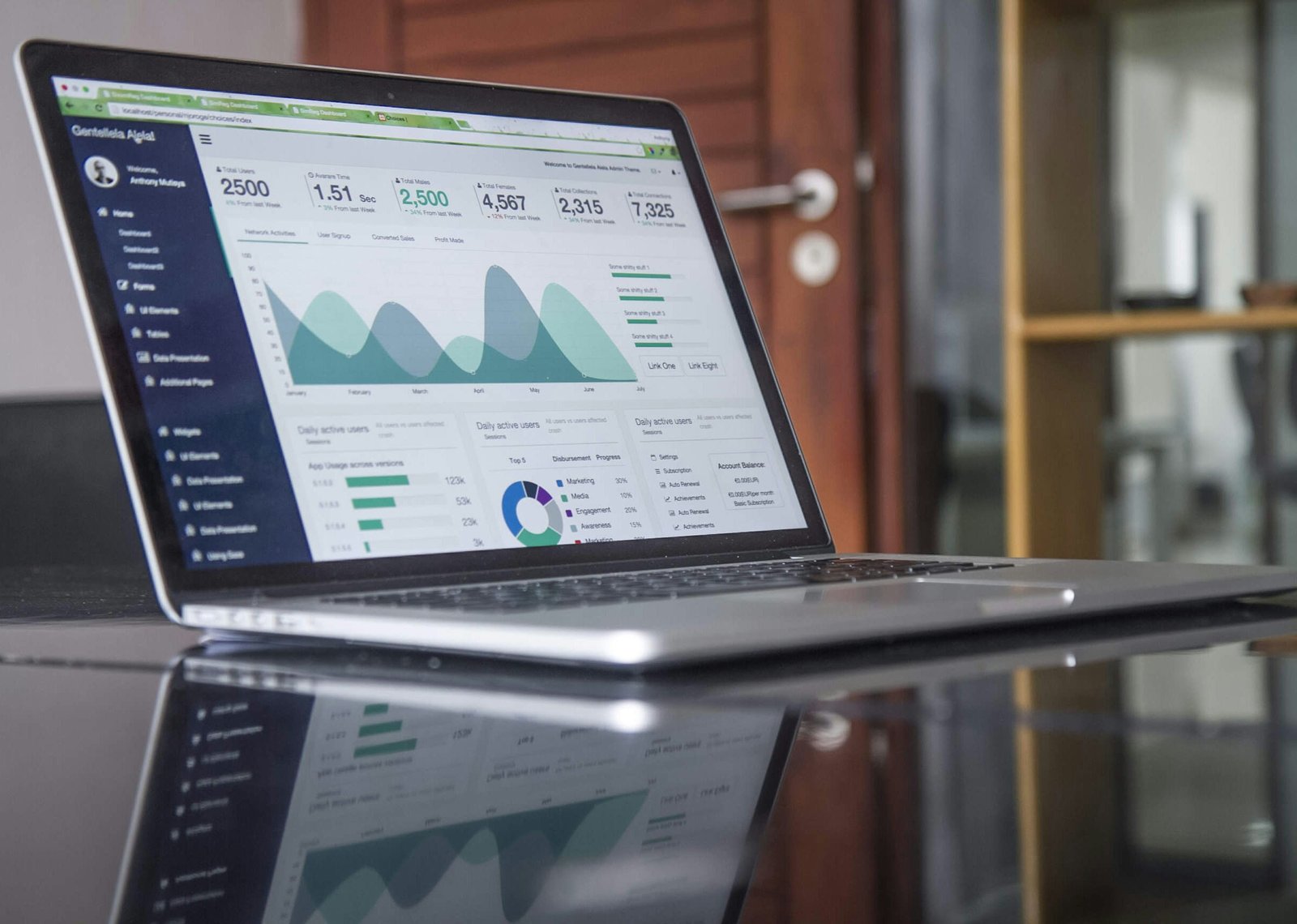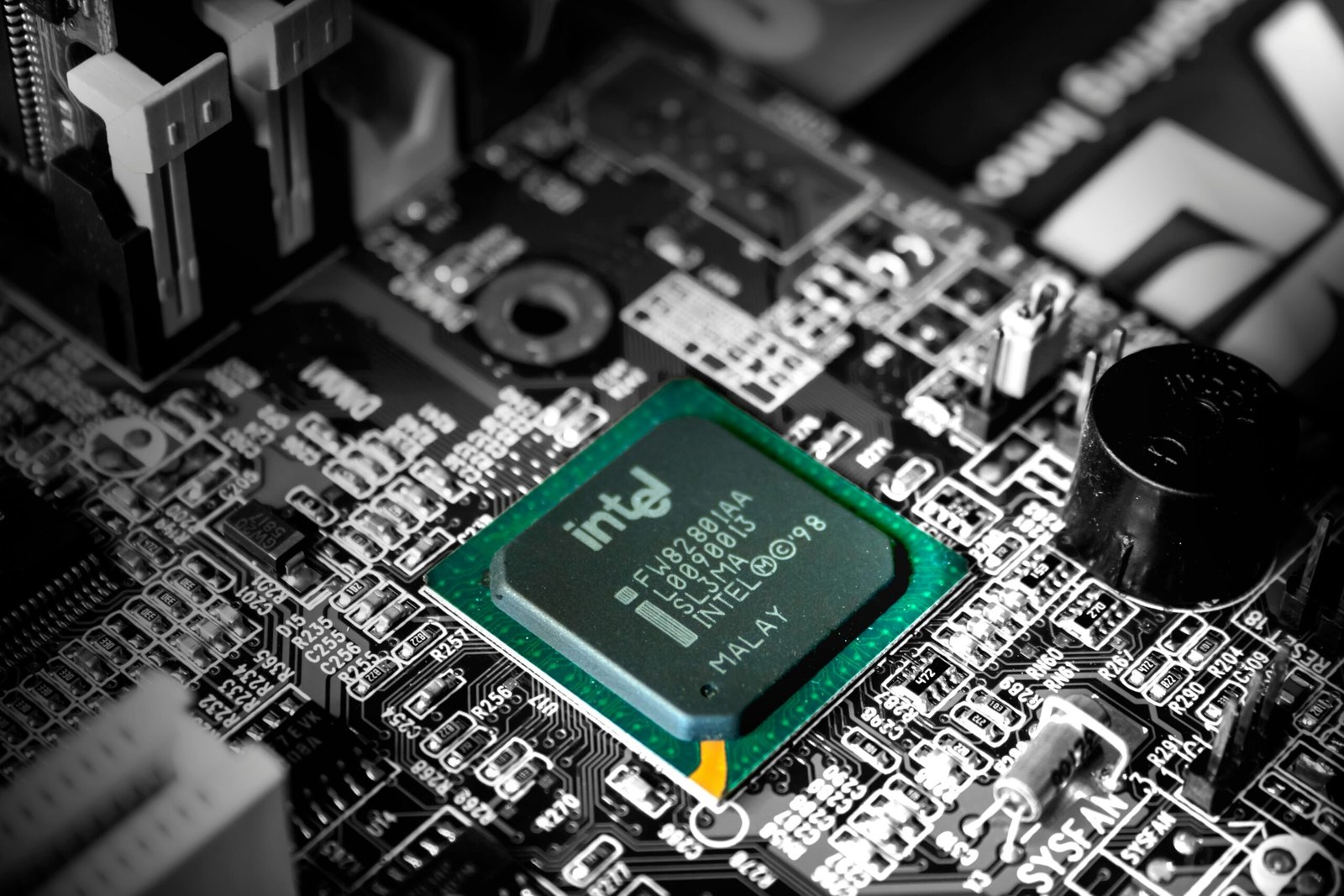Introduction
The field of robotics has seen unprecedented advancements over the past few decades, resulting in transformative changes across various industries such as healthcare, manufacturing, and logistics. As technology continues to progress at a blistering pace, the innovations in robotics promise to reshape how we interact with machines and automate processes, making them more efficient and accessible. The significance of these advancements cannot be understated, as they enhance productivity, improve safety, and open new avenues for research and development.
However, amidst this rapid evolution, professionals and enthusiasts alike may face challenges in staying informed about the latest robotics innovations. The growing volume of information can be overwhelming, making it difficult to discern which emerging technologies have the potential to be most impactful. Consequently, understanding the latest trends and innovations is essential for individuals seeking to remain relevant in their respective fields and those with a keen interest in robotics.
This blog post aims to serve as a comprehensive guide to the top 10 robotics innovations anticipated to emerge by 2025. By exploring these innovations, readers will gain valuable insights into the nature of these technologies and their implications for various sectors. From autonomous systems to advanced artificial intelligence, each development will not only highlight the ingenuity of robotics but also its potential to address existing challenges and improve quality of life.
As we embark on this exploration, the importance of staying updated on these advancements cannot be overstated. Understanding these robotics innovations will empower both professionals and enthusiasts to adapt, innovate, and capitalize on the opportunities they present, shaping a future where robotics plays an increasingly prominent role in society.
Collaborative Robots (Cobots)
The development of collaborative robots, often referred to as cobots, marks a significant milestone in the robotics industry. Designed explicitly to operate in conjunction with human workers, cobots enhance operational efficiency across various sectors such as manufacturing and healthcare. Unlike traditional industrial robots, which typically work in isolation, cobots are engineered to assist and complement human tasks, promoting a collaborative work environment that prioritizes safety and productivity.
In the manufacturing sector, for instance, cobots handle repetitive and physically demanding tasks, enabling human workers to focus on more complex responsibilities. A report from Market Research Future predicts that the cobot market is expected to grow at a compound annual growth rate (CAGR) of 34.8%, reaching around $12 billion by 2025. This rapid growth not only underscores the demand for automated solutions but also their increasing acceptance in workplaces worldwide.
Moreover, in the healthcare sector, cobots are transforming patient care by assisting medical professionals with routine tasks such as medication dispensing, patient monitoring, and surgical support. For example, the introduction of the da Vinci Surgical System demonstrates how surgical cobots can improve precision and reduce recovery times for patients, leading to enhanced healthcare outcomes.
Despite the numerous advantages of integrating cobots into the workforce, there are concerns regarding potential worker displacement. However, studies indicate that cobots are more likely to augment human capabilities rather than replace them. By taking over mundane tasks, these robots empower human workers to develop new skills and take on roles that require critical thinking and creativity.
Ultimately, the rise of collaborative robots represents a considerable shift within industrial paradigms, highlighting a future where human and robotic collaboration not only coexists but thrives. The positive outcomes of these partnerships pave the way for enhanced productivity, worker safety, and opportunities for innovation in the workplace.
Advancements in Machine Learning and AI Integration
The rapid advancements in machine learning and artificial intelligence (AI) are increasingly transforming the field of robotics, enabling robots to learn from their environments and enhance their functionalities through experience. By integrating sophisticated AI algorithms with cutting-edge machine learning techniques, robots can now analyze vast amounts of data, recognize patterns, and make informed decisions in real time. This evolution is shaping various sectors, including autonomous vehicles and service robots in the hospitality industry.
Autonomous vehicles are one of the most remarkable applications of AI in robotics. Companies like Tesla and Waymo are leveraging advancements in machine learning to develop vehicles that can navigate complex environments without human intervention. For instance, Tesla’s Autopilot system utilizes neural networks to process visual input from cameras, adapting its driving behavior based on diverse road scenarios and user habits. Recent studies indicate that by 2025, nearly 20 million autonomous vehicles are anticipated to be on the roads, showcasing the significant growth potential in this niche.
Similarly, service robots in hospitality have demonstrated the transformative power of AI integration. For example, hotels are increasingly deploying robots to enhance customer service, taking on roles such as greeting guests or managing room service deliveries. The Marriott International Hotel chain has tested service robots in select locations, yielding positive feedback regarding efficiency and customer satisfaction. As hospitality businesses move toward embracing robotics, the global service robot market is projected to reach $36.12 billion by 2025. This shift indicates a growing acceptance and reliance on AI-driven robotics in everyday operations.
The adoption of AI and machine learning continues to rise within the robotics sector, with research indicating that 75% of businesses expect to have implemented AI solutions by 2025. Organizations are investing in advanced AI systems to improve operational efficiency and create smarter robots capable of complex interactions. As technological advancements continue to unfold, the synergy between AI and robotics promises to revolutionize various aspects of modern life.
Conclusion
As we have explored in the previous sections, the field of robotics is rapidly evolving, with numerous innovations on the horizon that promise to transform various sectors. The advancements in autonomous systems, artificial intelligence integration, collaborative robots, and mobile robotics are just a few examples of how technology is poised to redefine our interactions with machines. Each innovation brings with it unique implications for efficiency, productivity, and quality of life, showcasing the potential for robots to not only enhance existing processes but also create entirely new opportunities.
Understanding these key innovations is crucial for individuals and organizations alike. Staying informed about advancements in robotics can provide a competitive edge, particularly for sectors such as manufacturing, healthcare, and logistics, where the application of robotics can drastically improve performance. Moreover, as these technologies develop, it will be essential to consider how to integrate them effectively in various environments. This involves evaluating the potential benefits and challenges associated with adopting such innovations.
Furthermore, fostering a dialogue about robotics can enlighten perspectives and spark collaborative ideas. We invite our readers to share their thoughts on these innovations in the comments below and discuss how they envision the integration of robotics in their fields. Social media platforms also serve as excellent avenues for sharing insights and knowledge; consider sharing this article to help spread awareness about these groundbreaking technologies.
In conclusion, as we move towards 2025 and beyond, keeping abreast of robotics innovations will be essential for navigating the future landscape. By actively engaging with these developments today, we can better prepare ourselves for tomorrow’s technological challenges and opportunities.




